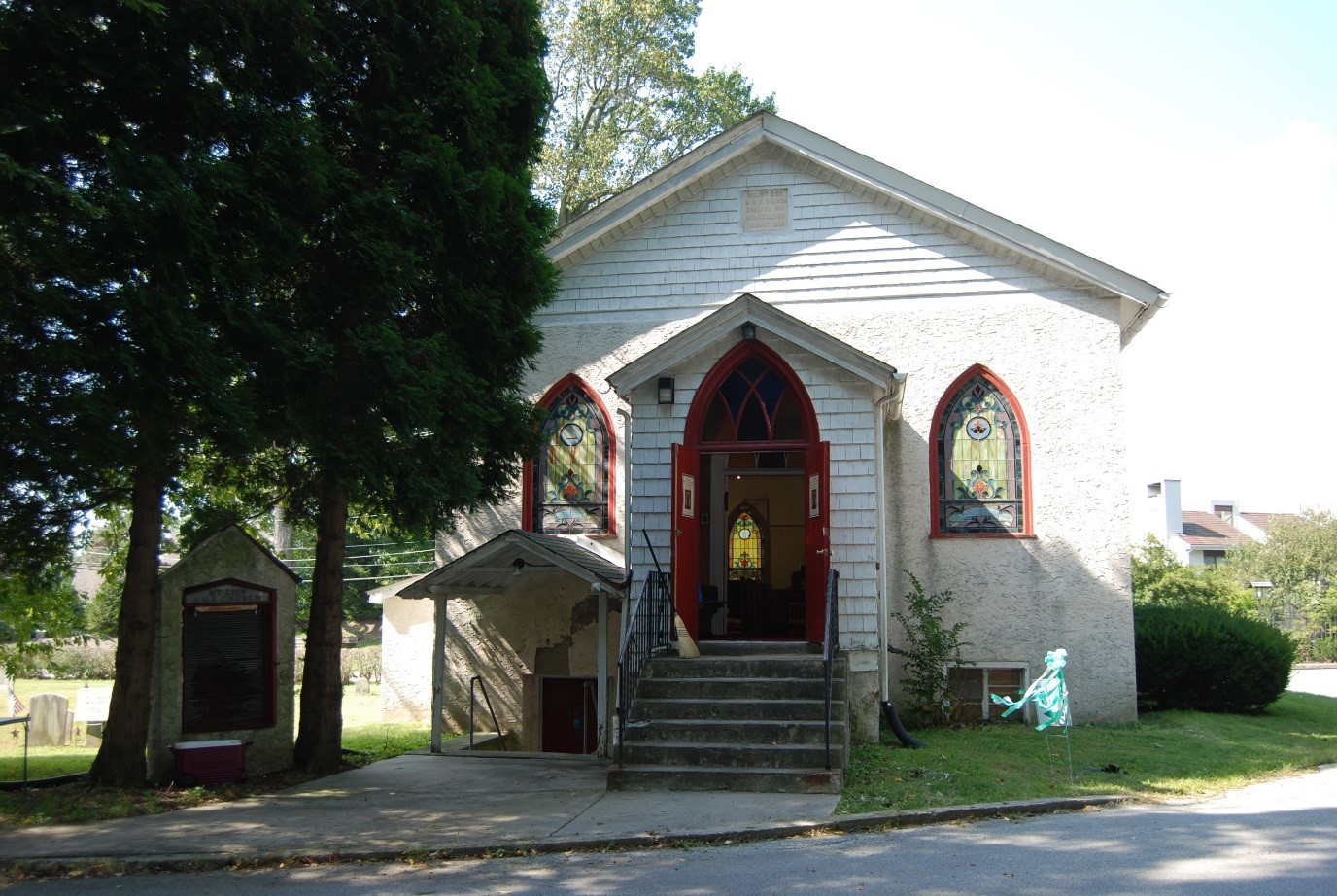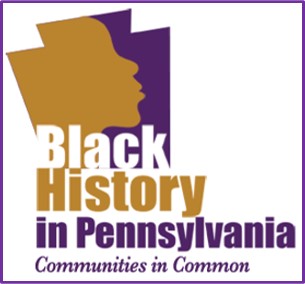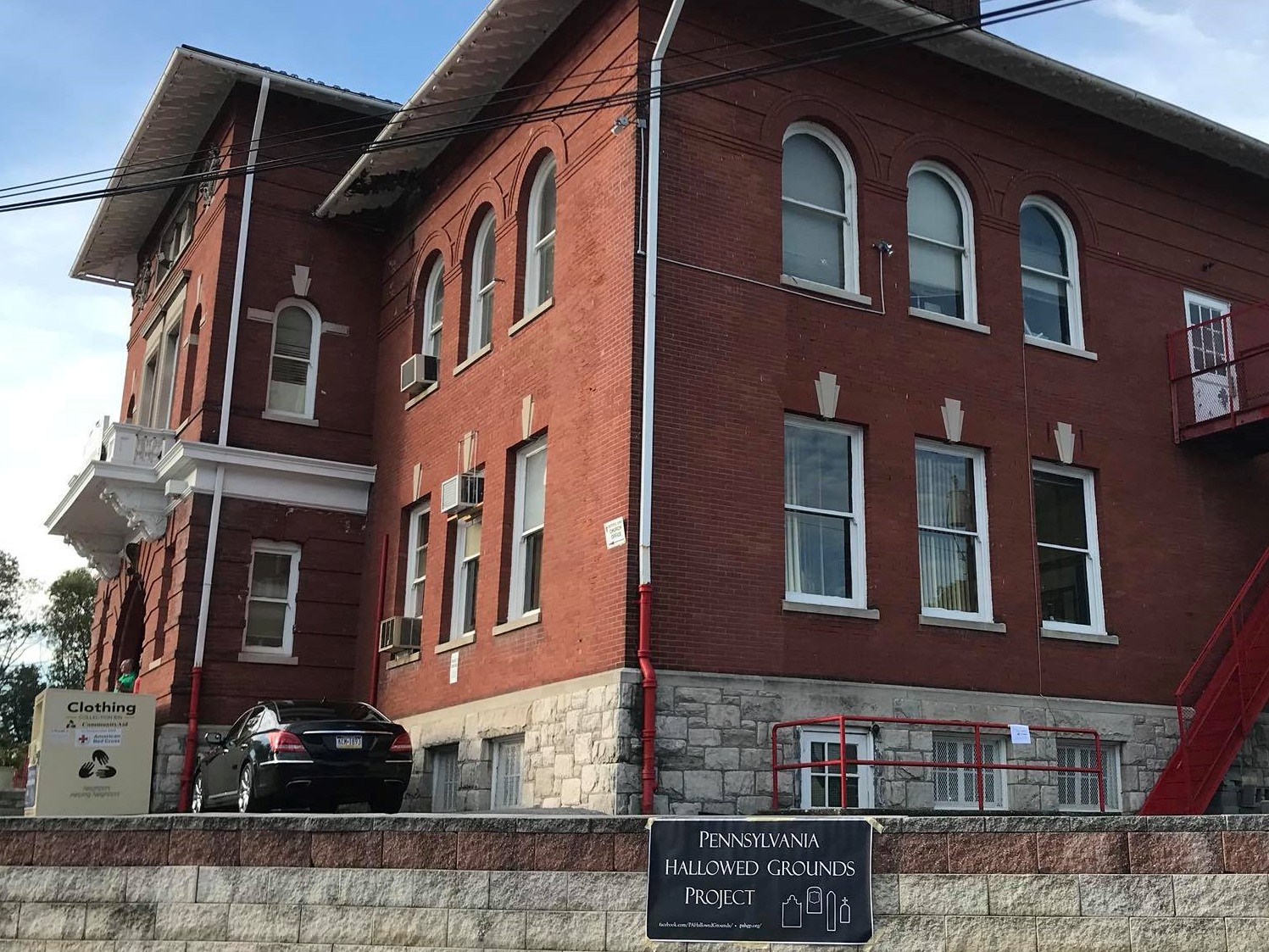February is national African American history month. All over the country, communities are discovering, celebrating, and acknowledging the places that tell the stories of African American history and experience. This is the perfect time for us to talk about one of our newest initiatives to study African American history in Pennsylvania.
The project…
Last year, the National Park Service (NPS) awarded a $30,000 grant to the PA SHPO to study African American history and historic places in Pennsylvania. This grant program supports the survey, inventory, and designation of historic properties that are associated with communities currently underrepresented in the National Register of Historic Places and among National Historic Landmarks.

NPS’ Underrepresented Communities grant program provides money to study historic and archaeological resources that aren’t well represented in the National Register of Historic Places.
Our project is a statewide study of African American history in rural and suburban Pennsylvania related to religious, educational, and benevolent institutions in those African American communities to help identify and nominate properties to the National Register. This project will emphasize important themes from Pennsylvania’s storied African American past, while attempting to bring a new perspective to the study of African American history as its told through buildings, sites, and communities.

Mt Zion AME Church, Chester County.
The story of African Americans in Pennsylvania is both rich and deep, yet there is little information about the built environment that reflects this powerful historical story. To date, there have been no statewide studies of the built environment related to African American history in Pennsylvania. While sporadic local and regional studies exist, there has been no concerted effort to study and understand this history at the statewide level and share it with Pennsylvania’s broad audiences.
African American resources in Pennsylvania are greatly underrepresented in National Register of Historic Places listings, by state historical markers, and in the Cultural Resources GIS database (CRGIS) of identified historic properties maintained by the PA SHPO. For example:
- Of the approximately 136,000 historic properties inventoried in CRGIS, only 168 (0.12%) are associated with African American history and more than half of those are located in Pittsburgh and Philadelphia metropolitan areas.
- Of the approximately 3,700 National Register listings for the Commonwealth, only 33 (0.9%) are identified for their association of “Ethnic History – African American.”
This project will focus on the rural, small town, and suburban areas of Pennsylvania because:
- African American history and the associated historic built environment is better represented and preserved in Philadelphia and Pittsburgh with little or no recognition elsewhere in Pennsylvania beyond the Underground Railroad
- The smaller numbers of residents and the limited financial resources of rural and suburban Pennsylvania’s African American communities meant that the cultural resources associated with those communities reflected styles and forms that were often distinct from those found in urban settings with larger concentrations of African American residents.
- The African American communities in Philadelphia and Pittsburgh have been studied, with some of those studies resulting in historic contexts.
Some background…
In 2008, PHMC’s Bureau for Historic Preservation (now the PA SHPO) and the African American Museum in Philadelphia (AAMP) completed a broad, multi-year project, funded by a Preserve America grant, to document African American history in Pennsylvania and how that history is reflected in the places, buildings, communities, and landscapes across the commonwealth.

PHMC’s 2008 project to study African American history.
Called “Black History in PA: Communities in Common,” this included:
- a reconnaissance-level survey of nine rural and suburban Pennsylvania communities that identified the patterns and characteristics of historic resources associated with African American history in different areas of Pennsylvania, and
- a body of research that synthesized the major themes and events in the experiences of African Americans in rural and suburban Pennsylvania between 1644 and 1965.
The survey findings and the extensive research are being used as the foundation for the current project.

Creating a historic context, or MPDF, is the focus of this grant.

PA Hallowed Grounds held their October 2017 annual meeting at Bethel AME Church in Lancaster. Yours truly got to talk about this project.
The historic context can be used for a variety of purposes.
Primarily it is intended to support the evaluation of properties for National Register eligibility, whether for a nomination or state or federal compliance review. Not only will it allow for a consistent assessment of historic properties, but it will also be relevant to other activities that seek to identify and celebrate African American history—through social programs, local history events, state historic markers, heritage tourism, and other activities.
The education and outreach component of this project will make this information available to professionals and the public and illustrate how the historic context can be used to recognize historic resources associated with African American history throughout the Commonwealth. We have placed emphasis on awareness and continued communication throughout the life of the project.
Stay tuned to our blog for future updates and information about this project!
Friends of the African Union Church of South Coventry – FAUCSC – is a 501 (c) 3 public charity preserving an abandoned African American church site and burial ground established in 1834. Our web site is FAUCSC.ORG
FAUCSC was incorporated 4/1/2-10. I am a co-founder and current treasurer of the group.
Dick Flickinger
Any African American sites in Potter’s county, PA
Hi Laura – I’m sure there are but unfortunately we don’t have anything about them in our files. If you know of some, please email me! I can be reached at ssplain@pa.gov.
I have again been made aware of the history in the African Anerican in Beaver County which was rich has not been told. It is an issue I plan to address with others.
Thanks for your work to encourage the rise to this issue in Pa.
You might be interested in my book, Blacks in the Adirondacks, published by Syracuse University Press in 2018. The book looks at the background of black Civil War soldiers and men who came north because of contacts with white soldiers. It also takes up part-timers in the region between 1850 and 1950, including summer hotel waiters, tuberculosis patients (the Adirondacks was well known as a “cure center”), barnstormng black baseball and minstrel players, even prisoners. All of these seemed to me to represent aspects of regional black history.
Is this project over or completed? I grew up in a small, African American community name Darby Township. It is located outside of southwest Philadelphia.
Hi Karl,
This project is mostly completed. The final product – the Multiple Property Documentation Form – is currently with the National Park Service awaiting their final review.
Hi,
I am a student working toward a Masters in Urban and Regional Planning. I am working on a paper about the history of African American experiences in the suburbs. I am wondering whether this project yielded any information that I can incorporate?
Thank you!
P.S. – I attend the University of Florida but my program is remote. I live here in PA.
Friends of Lebanon Cemetery in York County, Pennsylvania is a 501(c)(3) nonprofit dedicated to the research, documentation, restoration, preservation and education about the African American cemeteries located within York County, PA. Our website is: http://www.FriendsofLebanonCemetery.com
We currently are working on Lebanon Cemetery, 1412 N. George St., York, PA 17404, which is the largest and oldest black-owned cemetery in the county not affiliated with a church, chartered in 1872; Lower Chanceford Cemetery was affiliated with Chanceford AMEZ Church; Mount Pisgah in Wrightsville also with AMEZ; Trinity AMEZ in Delta; and River Hills or Batty’s Chapel is a private cemetery. York City’s AMEZ church was founded in 1820 and located on N. Duke St before they bought property on E. King St. in 1880. There was noted to be a small cemetery on the property (also noted in the charter for Lebanon Cemetery – to be allowed to own up to 10 plots for reinterment of folks from the church cemetery) but is now a parking lot. We cannot find evidence anyone was disinterred.